
| Recorded by: Jim Petranka on 2025-04-02
Madison Co.
Comment: | 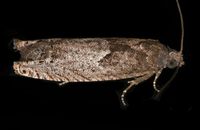
| Recorded by: Jim Petranka on 2025-04-01
Madison Co.
Comment: Adult male (dissected). |
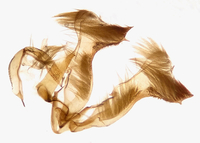
| Recorded by: Jim Petranka on 2025-04-01
Madison Co.
Comment: Id based on genitalia. | 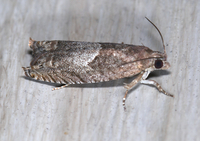
| Recorded by: Jim Petranka on 2025-03-18
Madison Co.
Comment: Id based on genitalia. |
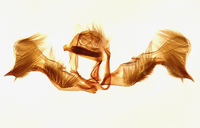
| Recorded by: Jim Petranka on 2025-03-18
Madison Co.
Comment: | 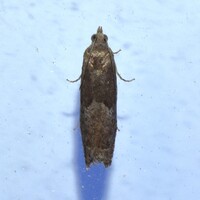
| Recorded by: Stephen Dunn, Jeff Niznik, David George on 2024-03-31
Orange Co.
Comment: |

| Recorded by: Stephen Dunn, Jeff Niznik, David George on 2024-03-31
Orange Co.
Comment: | 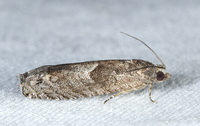
| Recorded by: John Petranka on 2024-03-30
Orange Co.
Comment: |

| Recorded by: John Petranka on 2024-03-30
Orange Co.
Comment: | 
| Recorded by: Jeff Niznik, Stephen Dunn on 2024-03-03
Orange Co.
Comment: |
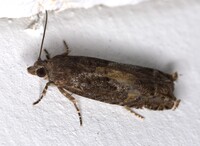
| Recorded by: Jeff Niznik, Stephen Dunn on 2024-03-03
Orange Co.
Comment: | 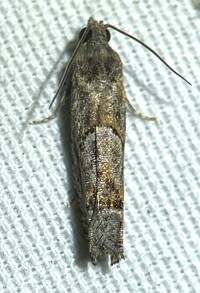
| Recorded by: Dean Furbish and Joy Wiggins on 2024-03-03
Wake Co.
Comment: |

| Recorded by: Dean Furbish and Joy Wiggins on 2024-03-03
Wake Co.
Comment: | 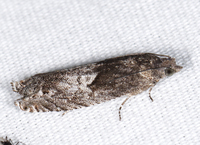
| Recorded by: John Petranka on 2023-03-07
Orange Co.
Comment: |

| Recorded by: David George, Stephen Dunn on 2023-02-16
Orange Co.
Comment: | 
| Recorded by: Simpson Eason on 2023-02-10
Durham Co.
Comment: |
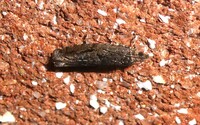
| Recorded by: Simpson Eason on 2023-02-10
Durham Co.
Comment: | 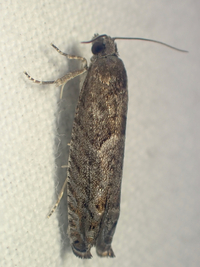
| Recorded by: tom ward on 2022-03-21
Buncombe Co.
Comment: |

| Recorded by: Gary Maness on 2021-04-04
Guilford Co.
Comment: | 
| Recorded by: Gary Maness on 2021-03-24
Guilford Co.
Comment: |
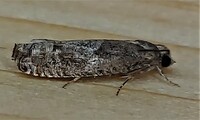
| Recorded by: Gary Maness on 2021-03-23
Guilford Co.
Comment: | 
| Recorded by: Gary Maness on 2021-03-23
Guilford Co.
Comment: |

| Recorded by: R. Newman on 2021-03-17
Carteret Co.
Comment: | 
| Recorded by: Vin Stanton on 2021-03-14
Buncombe Co.
Comment: |
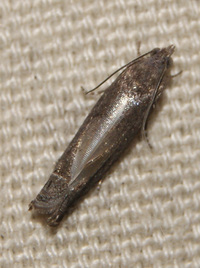
| Recorded by: Vin Stanton on 2021-03-14
Buncombe Co.
Comment: | 
| Recorded by: Vin Stanton on 2021-03-14
Buncombe Co.
Comment: |

| Recorded by: Gary Maness on 2021-03-11
Guilford Co.
Comment: | 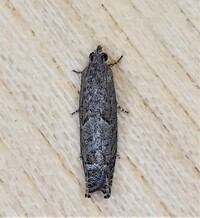
| Recorded by: Gary Maness on 2021-03-11
Guilford Co.
Comment: |

| Recorded by: Gary Maness on 2021-03-09
Guilford Co.
Comment: | 
| Recorded by: Gary Maness on 2021-03-09
Guilford Co.
Comment: |
|

 »
»




















